Forbidden Fruit

In The Land of the Free our choice of automobile brands is highly limited. Well, relatively. Dozens of European import brands have long fled our shores, curtailing our automotive freedom of expression. What happened to all those storied marques, such as Alfa-Romeo and Peugeot? And what’s keeping American pistonheads from once again enjoying the forbidden fruit of Europe’s exotic brands?
During the import boom in the fifties, Americans bought everything from Abarth to Zundapp. Sure, service at the gas station/cum Lloyd dealer was an iffy proposition. But eager Americans embraced the delicate and unadulterated European wares. Once in the hands of their hard-driving maintenance-shunning owners, most of them self-destructed exactly three days after their six month warranty expired.
The imports’ first Darwinian lesson: mechanical robustness and dealer support. VW and Mercedes passed with flying colors. Others, like Peugeot and Alfa, survived the great 1960 import implosion, if just barely.
Peugeot (known as the French Mercedes) built durable over-engineered rear wheel-drive (RWD) cars. The 404 was a regular winner of the grueling East-Africa Rally. Reliability, an unusually smooth engine, a velvety ride and comfy seats defined Peugeot.
Alfa built exquisitely beautiful coupes, roadsters and sedans that defined world standard for performance and style. The legendary twin-cam engine and RWD drivetrain was actually pretty solid, thanks to decades-long continuity of development and refinement.
Both of these brands had clearly identifiable and consistent qualities: distinctive RWD chassis, engines that excelled with their respective targets, the best styling money could buy (Pininfarina, Bertone), and top-notch performance. They were the Lexus and BMW of their time. So what happened?
Lexus and BMW.
That’s not the whole answer, but it’s a big part of it. The Japanese and Germans simply applied themselves to the business at hand in a more consistent way. The critical period was the seventies, during of a deluge of US government regulations. Draconian emission, fuel economy and safety regulations threw the whole auto industry into panic mode.
But some kept their heads cooler than others. Many smaller Europeans like Peugeot and Alfa began to founder. Cow-catcher bumpers and a tangle of emission controls ruined Alfa’s sumptuous design and performance. Peugeot’s reputation was destroyed because they couldn’t/wouldn’t properly engineer and integrate new electronics and peripherals.
Germanic engineering prowess and the Japanese system of continuous quality improvements flourished. The German’s long experience with fuel injection allowed them to keep performance mostly intact. Japanese reliability made cars like Peugeot and Alfa look increasingly unreliable, even if they were only standing still (relatively and literally).
Alfa and Peugeot could never get over the attitude of so many other European (think British) imports: America was an easy place to make money, especially when the dollar was flying high. They simply weren’t committed to having the U.S. be a key market. When the going got tough, they retreated to their home markets (or disappeared altogether).
Adding insult to injury, they also changed, for the worse. Alfa and Peugeot went down market in Europe with a full range of smaller, cheaper cars; and both abandoned their RWD platforms.
Peugeots today are frightfully ugly, with gaping maws that make Audi’s deep-throat mouth look positively prim. Peugeots share a range of cheap front wheel-drive (FWD) platforms with Citroen, another totally debased legendary marque. Peugeot competes in the mass-market; they’re NOT known for quality build or any other outstanding features.
Alfa was long assimilated into Fiat, and shares its FWD platforms, engines and other components, along with Lancia (yet another debased legendary marque).
Alfas and Peugeots would be instant dead meat in an effort to return to the US in their current all-FWD form. They’re not nearly distinctive and competitive enough to carve out a sustainable-sized niche. And that’s another key part of the story.
The US market is huge, for better and for worse. The bad part: enormous expenses establishing distributor and dealer networks and high media costs to launch an effective marketing campaign.
And the competition is deeply established. Lexus and other mid-premium brands offer Peugeot no opening. Going up against the Japanese and Korean mass-market brands would be seppuku. Alfa has a similar problem with BMW. The Bavarians never took their eye off the US market, starting with the 2002. The 3-Series is now untouchable.
Hope (and its sister, hype) springs eternal, especially in the car industry. MINI’s overwhelming success in establishing a brand-new import brand will surely feed the hope (and hype) machines.
Alfa rumors swirl through the auto-blogosphere on an almost daily basis. The Mito might make a cute companion in MINI showrooms, although its huge front overhang is disconcerting in the profile. A future range of RWD Alfas is a long-shot. But Peugeot (and current Alfas) joins the ranks of so much other European forbidden fruit that looks appealing from afar, but is rightfully left untouched.

More by Paul Niedermeyer
Latest Car Reviews
Read moreLatest Product Reviews
Read moreRecent Comments
- James Jones The only thing that concerns ,me is a government-mandated back door--you get in and your car drives you to the police station where yo are arrested for crimes against the state, or "you can't drive because we must achieve our energy conservation goals". Not to mention that once there's a back door, any sufficiently smart person can use it--you can't create a back door only usable by those whose hearts are true. So then there'd be the risk of someone telling my self-driving car to drive off the side of a mountain/into a river/etc.
- 3-On-The-Tree Jeff I also have a 1980 Suzuki GS1000G I rode during college and it was a lot of fun. My other bike was a 1977 Suzuki GT 750 2 stroke. My post army retirement time will be restoring those old bikes next to the 02 Hayabusa, 05 Suzuki Vstrom and klr 650. I love riding but at much reduced speeds nowadays. I got it out of my system as a young flight Lieutenant.
- Canam23 I really like the Rivian, but no matter what it's payload is, it will be completely weighed down by smugness if they team up with Apple.
- Fed65767768 Good Christ, no.CP.
- Kwik_Shift_Pro4X The main advice I've heard is to stay away from the BMW engine.
















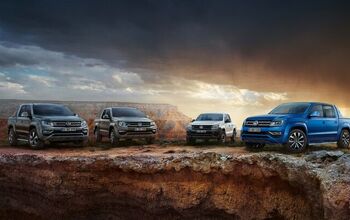

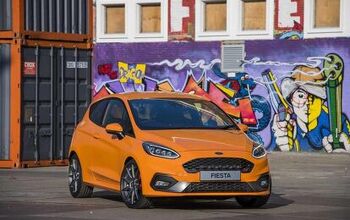
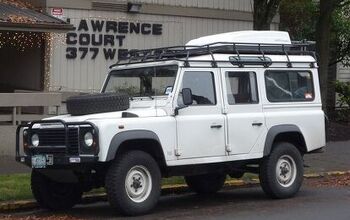
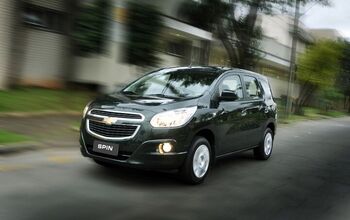


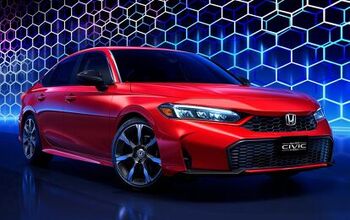
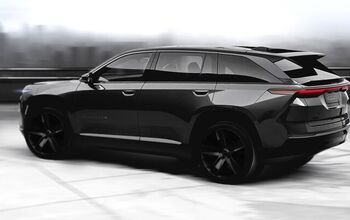
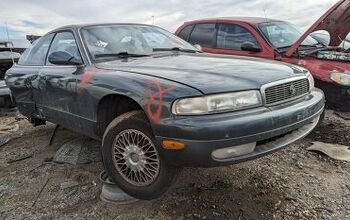
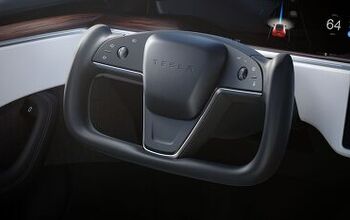
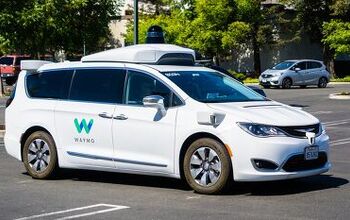
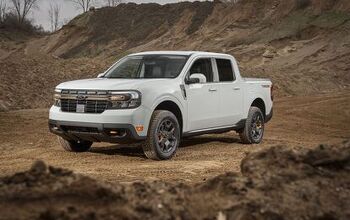
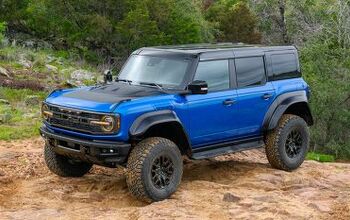
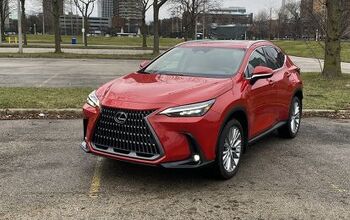


Comments
Join the conversation
Build them here... Sorry - too easy not to throw that out. VBG! I recongize the cost of setting up operations here though. European car makers could do what VW and other makers have done in South African for years - send in all the parts and just hire the local labor to put them together on assembly lines. Still a big job to do that. -or- Design it in Europe, have the parts made in China and assemble it in Mexico. I don't want to buy an import that badly - we need the jobs and the business here. Just want the big three to sell a larger variety of their own GOOD products available in other markets HERE and take pride in their smaller products instead of looking down on them. Yep my career with the big three would last under a month I'd predict... VBG! When we quote prices on TTAC for European cars not sold here - does this include the myriad of European taxes they have to pay? My doctor friend in Naples, Italy once explained that that he had to pay a ~30% new car tax when he bought his car. Then there were annual roadtaxes (registration) on the order of several hundred dollars depending on the type of fuel the car burned and the size of the engine. Then there was $5+ gas (early 90s), insurance, maintenance, tires, etc. Really began to wonder how he could afford a car in the first place - doctor or not. He was a gov't employee and at the time it equated to about $35K a year.